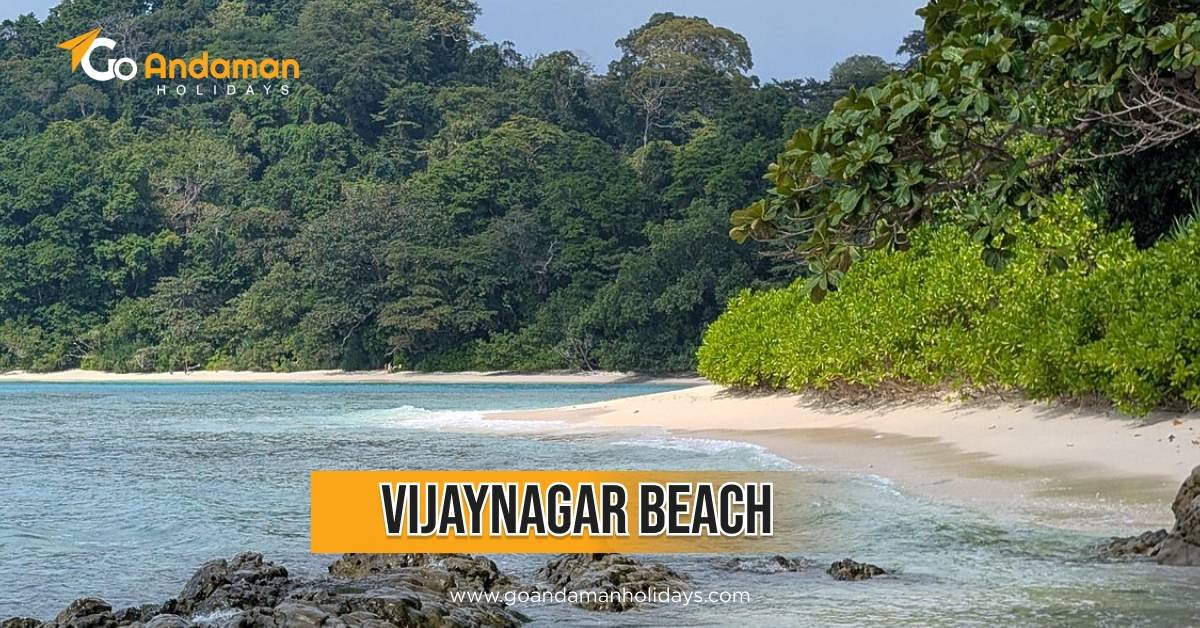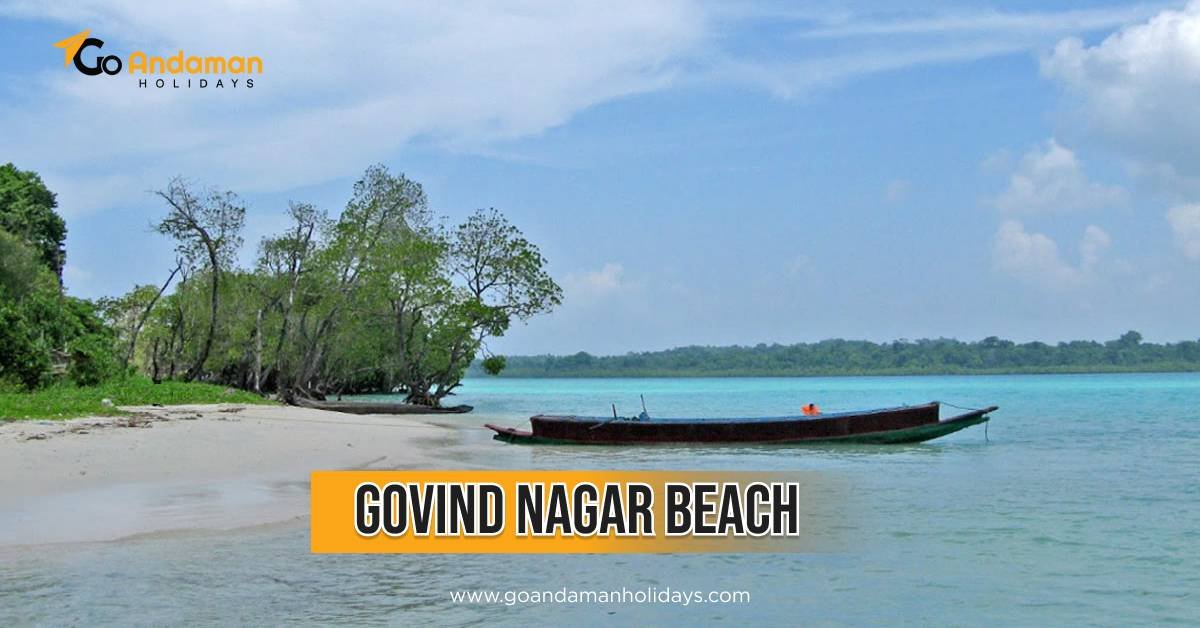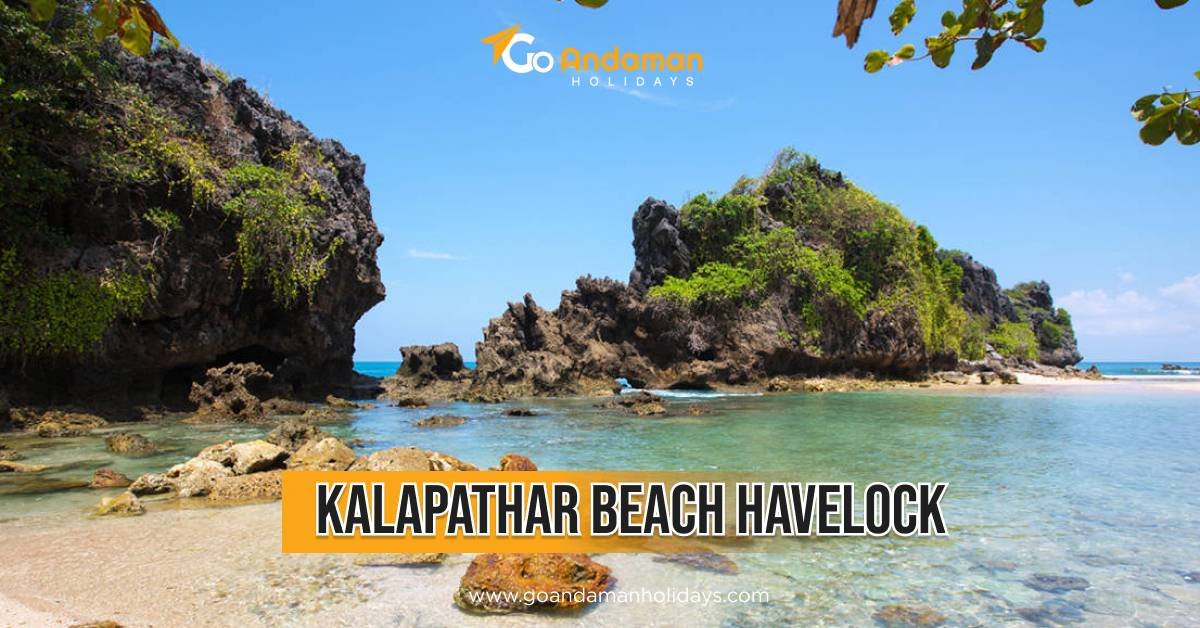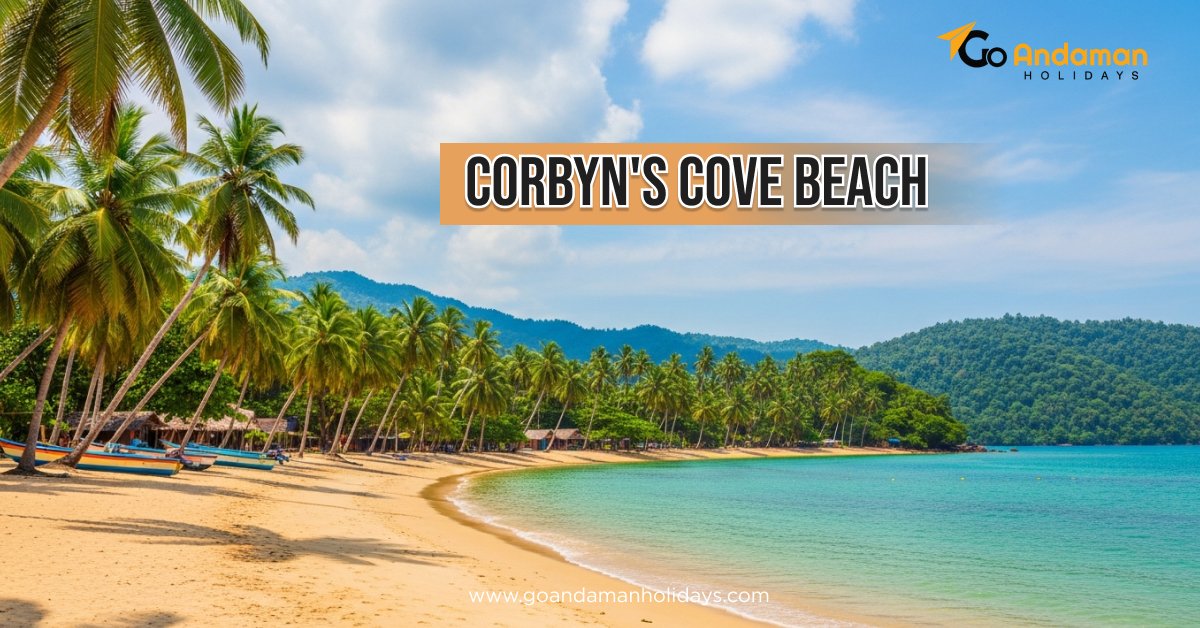
- Go Andaman Holiday
- 15-10-2024
- 0 Comments
9 Fascinating Facts About Andaman and Nicobar Islands
The Andaman and Nicobar Islands, the union territory of India, are an enchanting archipelago in the Bay of Bengal, about 1,200 km from Chennai and 1,300 km from Kolkata. Situated in a tropical paradise of 836 islands, only 38 are inhabited, they are one of the most precious stones on the Indian subcontinent.
The most fascinating facts about Andaman and Nicobar help us understand their importance. From the indigenous tribes inhabiting these islands for several thousand years to the active volcano on Barren Island, the place is an abounding treasure of natural wonders and historical value. It is in unique features that the importance of the archipelago and the need to preserve the fragile ecosystems along with its cultural heritage can be learned more about.
1. Etymology and naming of Andaman and Nicobar Islands
Names like "Andaman" and "Nicobar" owe their origin to interesting derivations with which the Island is built richly culturally and historically.
Andaman
The name "Andaman" is thought to be a derivation from the Malay word "Pulan Hantuman," an expression that means "Land of Hanuman." This is related to the Hindu deity named Hanuman, a very important figure in Indian mythology. Historic references indicate that the Malays, with whom these islands were well known, used this name to address these islands because of their cultural attachment to the Ramayana, in which Hanuman played a very important role.
The name is also recorded in historical texts, such as in the 13th-century book Zhu Fan Zhi by Zhao Rukuo, where it is mentioned in Late Middle Chinese as "Andaman." During the voyages of Zheng He, it was also referred to as "Andeman Mountain" in the 15th century.
Nicobar
The name "Nicobar" has its origin in the Tamil word "Nakkavaram," meaning "land of the naked." The Chola Empire referred to it as "Ma-Nakkavaram" in inscriptions of the year 1050 CE. Later, the name appeared as "Necuverann" among European travellers like Marco Polo. Finally, it acquired its present form during the British colonial era as "Nicobar".
Both names derive their origin from the historic connections the islands had with various cultures and civilizations, marking their importance in sea routes of commerce and cultural exchange since times unknown. The etymological roots thus explained give an insight into the rich heritage that the Andaman and Nicobar Islands truly possess by highlighting their importance as a unique blend of history, culture, and natural beauty.
2. Linguistic Diversity
The Islands of Andaman and Nicobar portray a multi-faceted picture of linguistic diversity, which is rooted in the complexity of its history and the influences of cultures upon the land.
The main languages spoken include Bengali, Hindi, Andaman Creole Hindi, Tamil, and Nicobarese, all coming together to define the islands as multicultural.
Bengali is one of the dominant languages spoken by about 32.6% of the population. This is because a large number of people migrated to the Andamans from the mainland of Bengal, most of whom were descendants of political prisoners sent to the islands during the British regime.
The next important language spoken is Hindi, and 25.95% of the population speaks it. It plays an important communicative link among the different groups residing in the islands. Being plural essentially, the role of Hindi becomes imperative in connecting communication between different linguistic groups.
Andaman Creole Hindi is one such variant that has happened upon combining the elements of Hindi with the local dialects and languages, symbolizing the multi-cultural ambience of these islands.
Other commonly spoken languages include Tamil and Telugu, especially amongst communities that migrated from South India for better economic prospects. The presence of these languages is reminiscent of the historical links of the islands with parts of India.
The aboriginal languages of the Andamanese tribes, namely Great Andamanese, Jarawa, and Onge, have faced a very critical decline in the numbers of their speakers. On the other hand, Nicobarese, as a language belonging to the Austroasiatic language family, is still energetic, carrying the culture of the Nicobarese tribe.
3. Unique Flora and Fauna
The Andaman and Nicobar Islands have the reputation of being one of the richest biodiversity, comprising a large number of unique flora and fauna.
The richness of the ecological tapestry of the world may be included within a variety of highly extraordinary species found on these islands, which make them an important area of conservation.
The Dugong is one of the most representative residents in these waters and holds the position of state animal of the Andaman and Nicobar Islands. This marine mammal, also better known as the "sea cow," is herbivorous, grazing on the seagrass beds while playing a role in the maintenance of marine ecosystems.
Equally famous are the islands as the nesting ground of the Leatherback turtle, one of the largest species of sea turtles. These turtles travel several thousand miles to lay their eggs on the sandy beaches of the Andaman Islands, depicting the importance of this region as a breeding habitat.
The biodiversity within the islands is indicative not only of ecological value but also of the need for conservation efforts to avert the threats of climate change and human activities impacting habitat and species survival.
4. Historical Significance
The Andaman and Nicobar Islands have a corresponding and fairly complex history, befitting their strategic importance and cultural diversity. The earliest evidence of human habitation goes back over 30,000 years, while indigenous tribes such as the Sentinelese, Great Andamanese, and Onge lived in isolation for thousands of years. These tribes had constituted distinct cultures and languages, vastly influencing the historical narration of the islands.
5. Strategic Importance during the Chola Empire
The Chola Empire is credited with its naval establishment and expansion into Southeast Asia during the 9th to 13th centuries. The Andaman Islands were considered to fall along the trade routes. However, historical texts refer to the islands with different nomenclatures and details.
Colonial Era and World War II
- Colonization: The Danes attempted a short-lived Nicobar colony in the 18th century. The British annexed the land during the late 18th century, utilizing the islands mainly for a penal colony-most noticeably, the Cellular Jail or Kalapani in the late 19th century for housing political prisoners.
- World War II: The occupation by Japan between 1942 and 1945 is documented when they fortified the islands for military use. They were returned to British control after the war, until Indian independence in 1947.
6. Indigenous Tribes
Truly, the Sentinelese are isolated, reject outside contact, and live on North Sentinel Island. Their traditional way of life is still well-preserved and is under the protection of Indian law.
The Great Andamanese and Onge tribes have faced significant population declines due to colonization and diseases brought by outsiders. Their culture and histories are crucial for the understanding of the heritage of the islands.
7. Natural Wonders
Barren Island Volcano
The only active volcano in India, this lone geological wonder of this type is found on this island and has drawn the interest of both scientists and tourists. Geographically, the volcano lies in the Andaman Sea, approximately 135 km northeast of Port Blair, on the volcanic belt formed partway on the edge of both the Indian and Burmese tectonic plates.
The volcano is a 354-meter-high caldera with walls up to 350 m high, with a history of violent eruptions. The most recent eruption started in September 2018 and stopped in January 2022, beyond which there was continuous heat and thermal anomaly at the summit crater. The ash plumes, Strombolian explosions, and lava flows have made Barren Island Volcano an important location for scientific research.
Mud Volcanoes
Several mud volcanoes, which are equally interesting and part of the Andaman and Nicobar Islands, are also seen. These are geological formations caused by the eruption of mud, water, and gases. Indeed, such features are found in areas of high tectonic activity and are generally associated with the presence of oil and gas deposits.
The mud volcanoes of the Andaman Islands lie mainly on Baratang Island and are a popular visiting site. The periodic eruption of mud with the formation of small cones or mounds on the ground surface is one of the unique features of this region.
8. Historical Monuments
The Andaman and Nicobar Islands are also a host to some of the historical monuments representing the rich cultural heritage of this territory. The most important is the Cellular Jail in Port Blair, where the British used to imprison political prisoners during the colonial regime.
Other important sites are Ross Island, the British administrative base of operations in Andaman during its colonial rule, and Viper Island, which was used to exile and jail people. These places reflect the past turmoil of the island and the struggles of native populations with colonialism.
9. Conversation Efforts
The Andaman and Nicobar Islands support a range of ecosystems, from tropical rainforests and mangrove swamps to coral reefs. The Indian government has taken several measures so far to protect these truly fragile environments.
Such measures include the ban on commercial fishing in the waters of the islands. The ban keeps the marine ecosystem at safety and secures the livelihood of the local fishermen who practice fishing according to traditional methods.
The government has also set up a few protected areas, among them the Barren Island Sanctuary, which covers the entire island of Barren Island and the surrounding waters. The basic overt perspective of protected areas is to safeguard the unique flora and fauna of the islands from the menace of random human activities and the harshness of climatic change.
Conclusion
The Andaman and Nicobar Islands represent a charming blend of natural wonders, rich heritage, and unique biodiversity combined. From the most overwhelming Barren Island volcano to the vibrant traditions of indigenous tribes, these islands offer a glance into a world that is both ancient and alive.
It is now relevant that we treat their fragile ecosystems and cultures, which have thrived for several centuries, with respect and protection as we go along exploring and marvelling at these features.
YOU MAY READ ALSO:-




